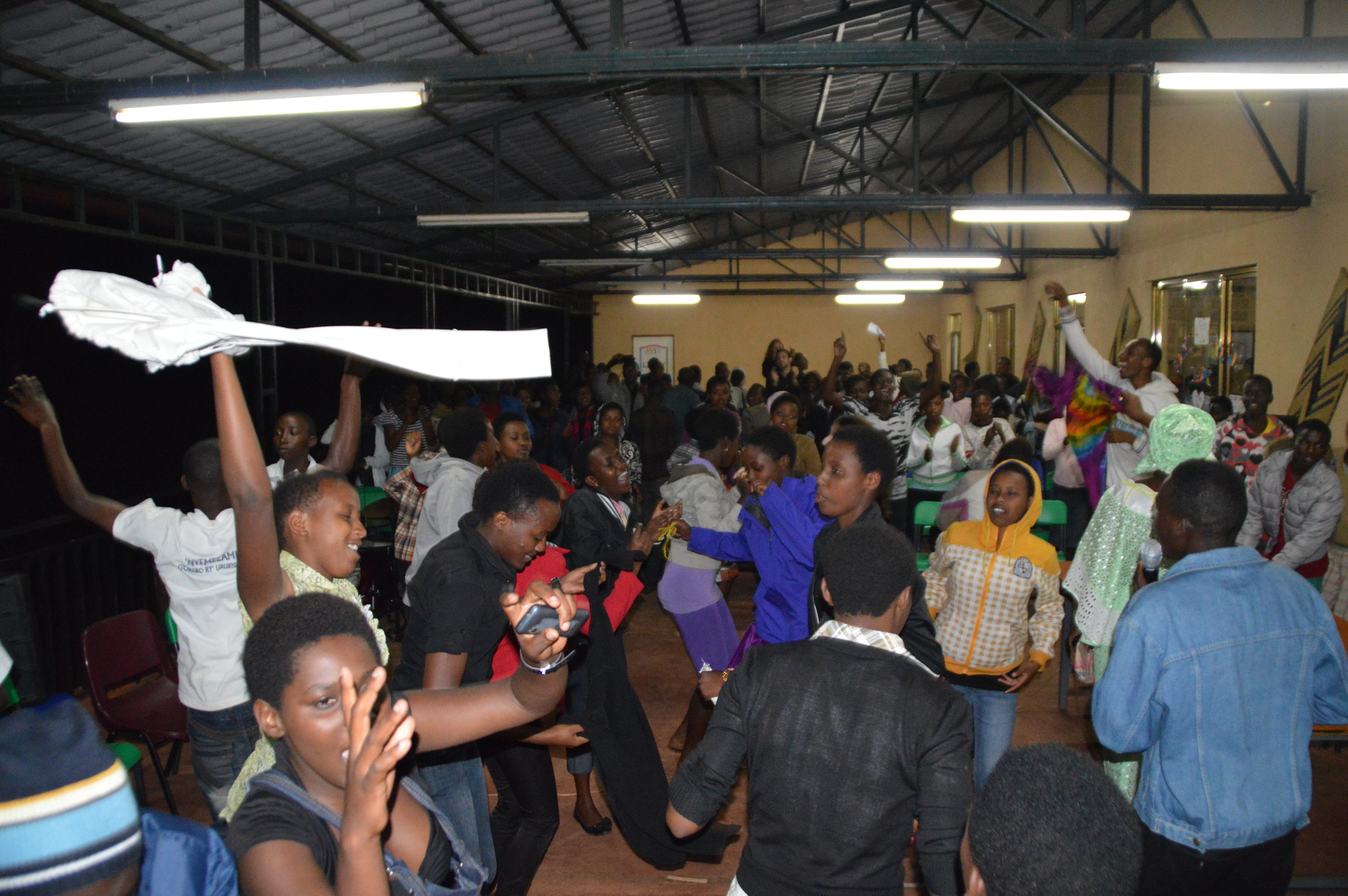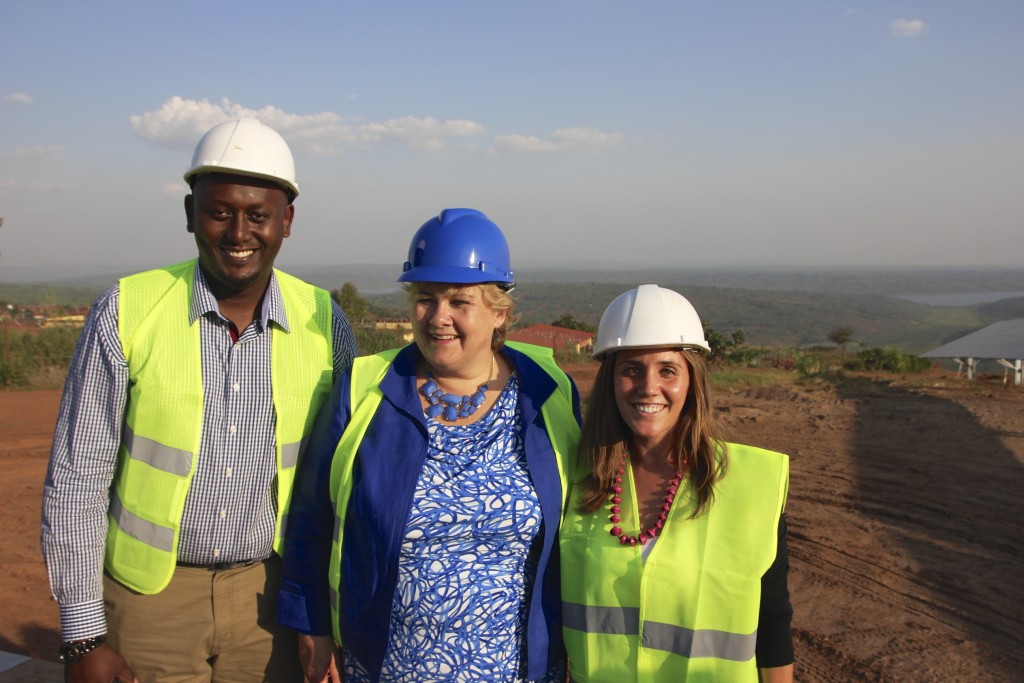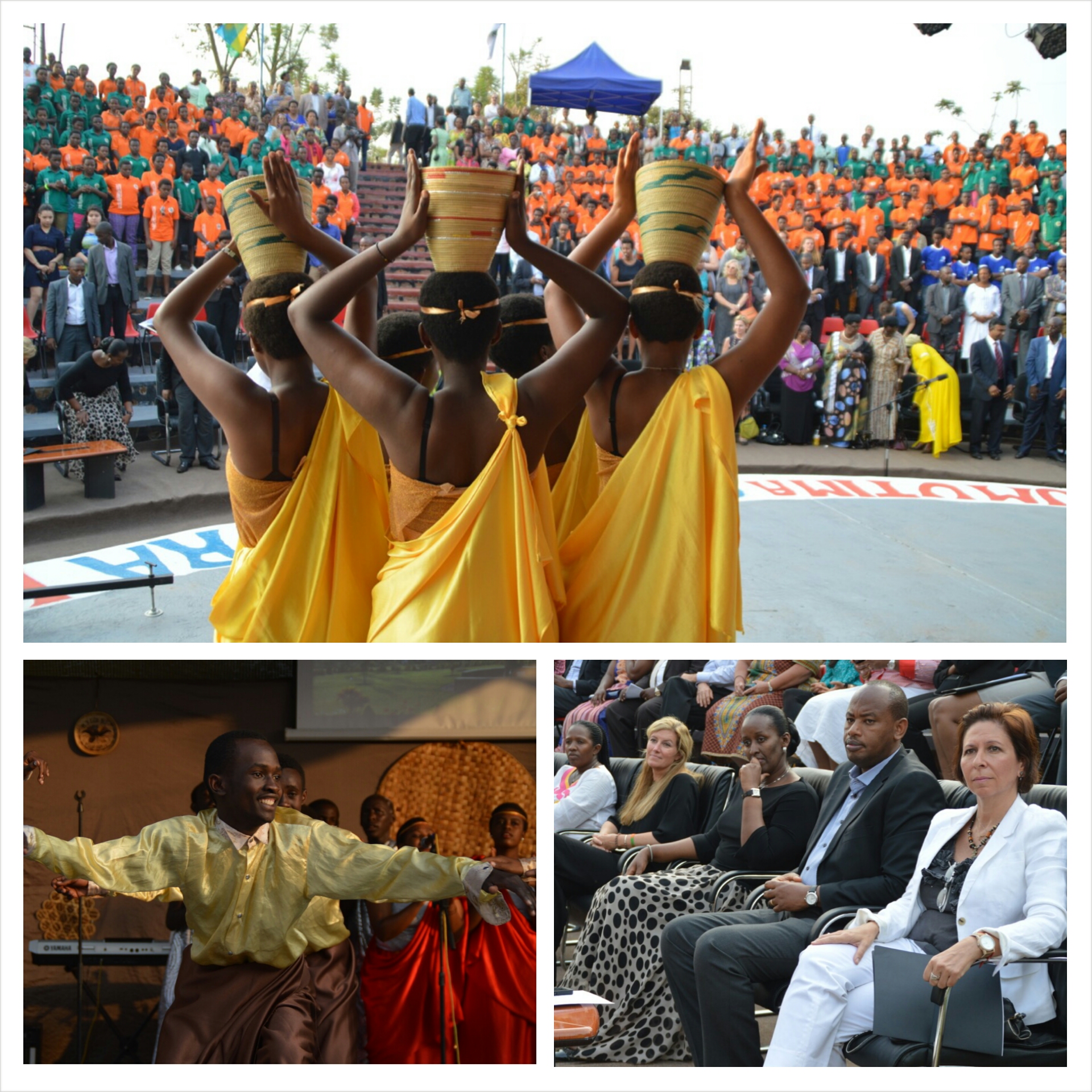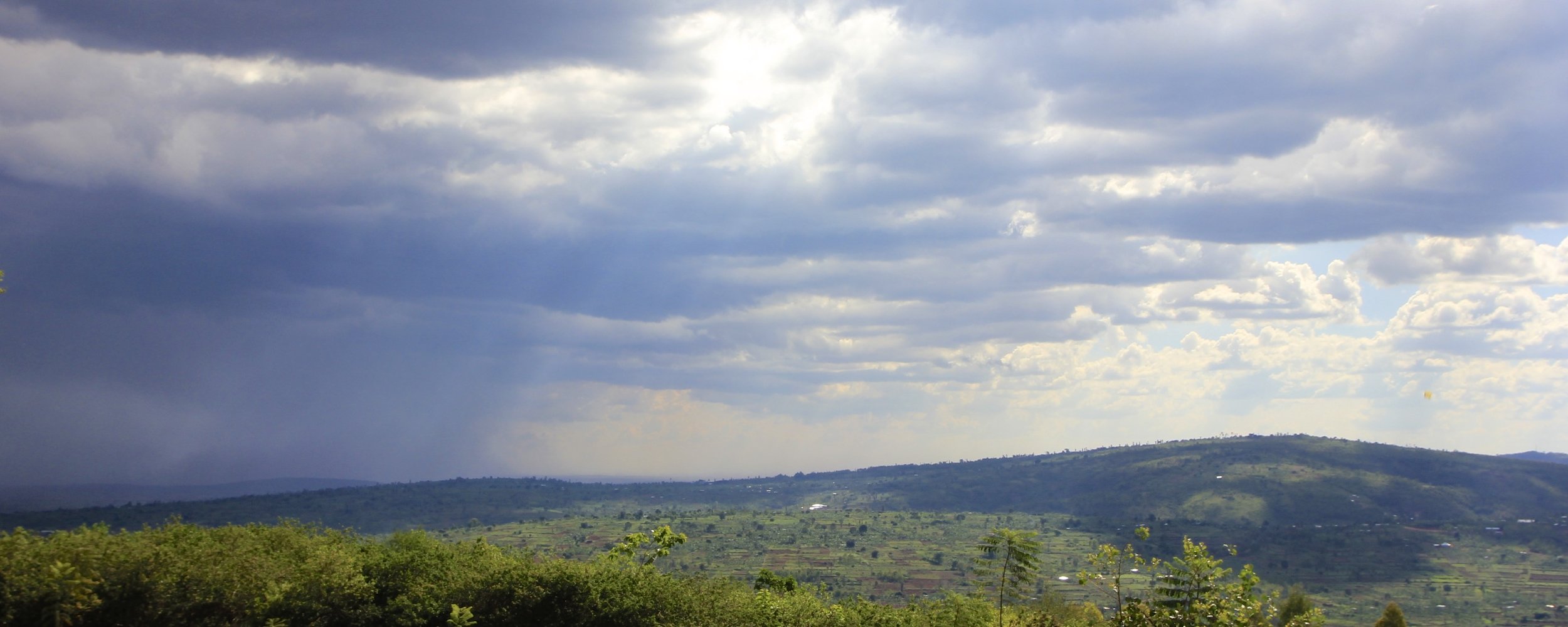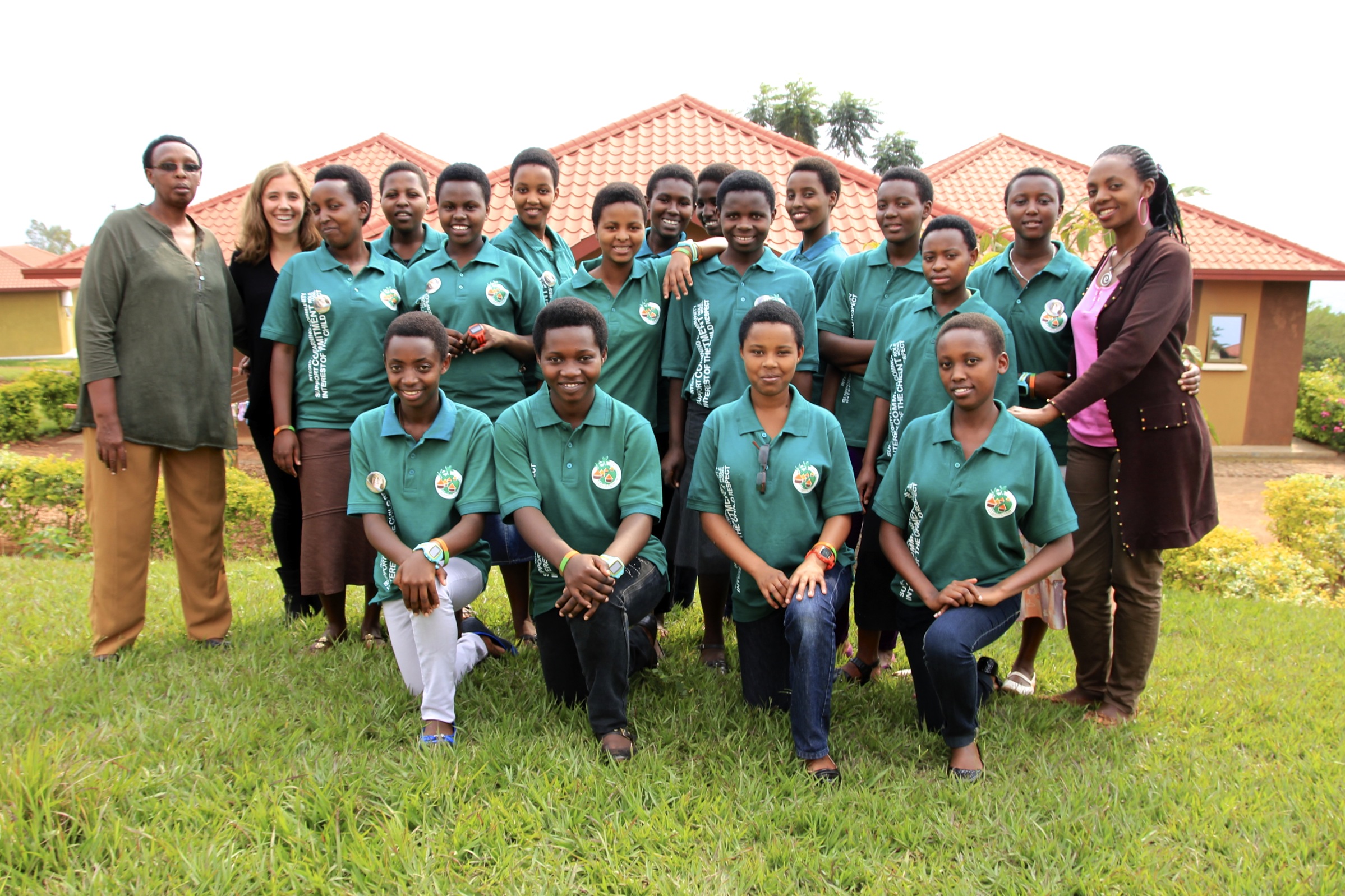I have always loved and respected animals. So when planning my trip to Thailand with my companion, it was natural that I begin searching for an opportunity to visit and observe elephants. I didn’t want to see them painting, to watch them perform, or to look at them through glass in a zoo. I wanted to visit a place that I knew in my heart promoted the wellbeing of elephants, not their demise. After hours of research, I finally narrowed it down to Elephant Nature Park (ENP), an elephant rescue and rehabilitation center in Chiang Mai. ENP has more than 30 elephants that were abused and neglected and finally taken to ENP to live out the rest of their days peacefully. Since we had such a short amount of time in Chiang Mai, I booked the “overnight helper” experience, which comprised two days in the park. We were going to be learning, observing, feeding and bathing the elephants. Little did we know that the time spent at Elephant Nature Park would surpass any other experience we had in Thailand, and in our lives.
The Experience
Our journey began at 8:30am on Monday morning where we were picked up at our hotel in Chiang Mai by ENP and greeted by our tour guide, “Bee,” whom we adored immediately. There were eight people in the group and we set off an hour north to the park. Along the way, we watched a documentary explaining the situation of the Asian Elephant in Thailand. It was a grim, but powerful film, one that made me appreciate the rest of my trip.
As we approached the Park, I noticed orange cloth tied around trees on the side of the road. Our guide explained that Buddhist monks blessed and wrapped the trees in saffron robes to signify their sacred status and to protect them from loggers. Thais are very superstitious people and any layperson that chops a tree down with this saffron robe will have bad luck for the rest of his or her life. Lek Chailert, founder of ENP, went to the monks near the Park and explained the need to conserve the trees. Believing in her effort, the monks helped her by blessing many trees near the park to prevent deforestation.
A few moments later, we entered the Park and drove to the main center. We put our bags down and learned about our itinerary for the day, which included feeding and bathing elephants, observing them, eating lunch, watching a documentary on how elephants are trained to perform and end the evening with a blessing ceremony and dinner.
We picked up our bucket of food (pumpkin, pineapple, and melon) and headed directly to the fields where more than 38 elephants live and roam freely. We immediately went to a small herd of elephants to begin feeding them. Bee instructed us that elephants eat constantly and we must keep a continuous supply of food going into their mouths. Elephants eat for about 18 hours a day and can consume more than 250 kg of food per day. Once our bucket was empty, we had to show the elephant that there was none left. Clever elephants.
Each elephant has his or her own unique and tragic story. We listened to Bee describe the elephants we were feeding. The stories were awful and each one made a new small hole in my heart. Medo worked in the logging industry for many years. After she was nearly crippled from hard labor, her owners decided to put her in a breeding program. She was raped and beaten by a terrorizing bull elephant. The enraged bull crippled Medo with his tusks while all four of her legs were chained to a post. She has a broken hip, which cannot be fixed. Medo managed to survive and leads a rather normal elephant life at the Park. She still walks with a limp, but she is free from her painful past. Elephants are such beautiful and magnificent creatures with complex family lives and social interactions. It’s unfathomable that humans can inflict so much pain and torture on innocent creatures.
After lunch (which was fantastic), we had some free time to observe the elephants and soak in the breathtaking views before bathing them. The staff led elephants to the river and they instructed us to clean them off by pouring buckets of water on them. At first I felt a bit silly throwing a bucket of water on a 2.5 ton animal, but they didn't seem to mind and just kept eating their food. Elephants generally soak off and then return to a mud pit for a natural sunscreen.
Our final activity consisted of watching the elephants play in the mud pit, which was my favorite. I loved watching them spray dirt on their backs fast and furiously. The baby buried its head into the red dirt and by the time they finished, the elephants were a nice red hue.
At the end of the day, we headed back to the main lodge to relax. I was looking onto the fields when I noticed a small woman whom I recognized on the website. It was Lek, the founder of the Park. She climbed over the railing and greeted and thanked me for visiting the Park. I was speechless. It’s very rare in a lifetime to meet someone as incredible as this woman and I was fortunate enough to do so.
A small dog came running up to her. He was hairless, but cute. He was also missing an eye. When the floods hit Thailand at the end of 2011, Lek went to Bangkok to rescue animals. He was one of them. She told us that she found him with his eyeball hanging out of his socket. Lek helps all in need, not just elephants. She is one of the most incredible women that I have met in my life. I was mesmerized by her presence. Lek's efforts have been recognized worldwide and ENP has been featured in National Geographic and the Smithsonian Society. She was also awarded the 2005 Time Magazine Asian Hero of the Year, the 2006 Earth Day Award, and received an Honorary PhD in Veterinarian Science by the Crown Prince of Thailand.
Our day was almost over and we checked into our accommodation for the evening, a rustic bungalow on stilts overlooking the park. Our cabin was named after an elephant, Jungle Boy. When walking to the cabin, one of the dogs followed us to our door. He became ours for the evening as he slept on a chair on our porch. We opened the door and were pleasantly surprised by the bungalow. It looked fresh and clean (despite the army of ants scaling the wall). We had a mosquito net and our bathroom was half-open with views of the elephants. And to our benefit, we had hot water!
We showered and got ready for the evening. We headed back to the lodge and attended a welcome ceremony for the volunteers and overnight helpers. The local chairman of the village came to bless us and welcome us to ENP. It started off with young women playing instruments and then the chairman performed a chant and blessed us by spritzing water on the group. I cherished this moment.
It was a perfect end to one of the most memorable days of our lives. We couldn’t wait for the next day to come. That evening, we climbed into bed underneath our mosquito tent. With the excitement of being there and the uneasiness of a creepy-crawly climbing through the small hole in our net, it was difficult to fall asleep. But after some time dozed off. In the middle of the night, I woke up to roars and what sounded like a T-Rex (not that I know what they sound like). It was startling and realized the sound was coming from the elephants. I had no idea that elephants could make such a noise. This continued throughout the night and once the elephants made noise, all 100 dogs started barking too. It really was a jungle-like experience. I thought I was in Jurassic Park.
After a sleepless night, I woke up early to catch the sunrise. Breathtaking views. All was quiet and I watched the elephants graze in the field as the sun rose. Another man was standing near the observation deck. I started talking to him about the Park and I found out that he was Lek’s husband, Adam. Adam was a former Canadian fire fighter who dedicated his spare time in the illegal exotic animal trade. Another amazing person.
My companion met me at the lodge for breakfast and Lek greeted our group. Eager to learn about the roars from the night before, we asked Lek. Lek explained that two weeks earlier, locals brought an elephant to the Park to be taken care of. The Park has different means in helping elephants and one of them includes allowing owners to bring their elephant to the Park for free food and healthcare. Taking care of an elephants is extremely costly and most locals cannot afford the upkeep. The ENP staff knew this elephant was pregnant but they did not know how far along she was. Elephants have a gestation period of 22 months.
That evening, the elephant gave birth around 2:00am. The baby was stillborn. After her third miscarriage, the mother elephant sobbed throughout the night. The roars we heard were cries of pain and sadness. The other elephants tried to console her by staying by her side, but she only wanted her baby. Lek and the other park rangers removed the stillborn baby from the area and the mother continued to cry. It was heart-wrenching to listen to Lek tell the story. I couldn’t believe that the sounds we heard from the night before were cries from elephants. I’ll never forget that night.
We somberly headed out with our guide to the grassy field where we would explore more of the park grounds. We sat there watching the elephants interacting with one another without a care in the world. They were happy and they were safe. But I could not stop thinking about the mother's cries.
We walked to another part of the park where the mahouts were gathered. All elephants at the park have a “mahout,” or elephant keeper. The mahouts stay with their elephant at all times. Most of these men originate from Myanmar and are from the Karen hill tribe village. For extra income, the mahouts carve their elephant out of wood and sell them at the visitor center.
Near the end of the day, we listened to Lek lecture about the plight of the Asian elephants and ENP's role in saving them. It is certainly not an easy task, and ENP hopes to one day have enough funds so that the elephants will have no human contact. But for now, the elephants interact with tourists for about one to two hours per day. This, at least allows the formerly abused elephants to live out the rest of their days roaming the park, having plenty to eat, and receiving proper health care.
Our time at Elephant Nature Park came to an end and we left the park around 4:00pm. Visiting Elephant Nature Park was an unforgettable experience and I have never met people who were so dedicated to helping the unfortunate. Their souls were pure and their love was unconditional. Although we were there for only two days, not a day goes by without thinking about those elephants. ENP is not just for "animal lovers." It is a place for all to learn about compassion and to reawaken your soul.
Visiting Elephant Nature Park
To book a stay (from one day to a few weeks) or to learn more about the park, go to the Elephant Nature Park website.
Being a Responsible Traveler
Thailand is a land of extremes. There are hundreds of ways to interact with animals, mostly unethical ways. When walking down the streets in Thailand, we were constantly harassed to do elephant trekking, visit a snake farm or even a tiger petting zoo. Even within the elephant sanctuaries, they mask themselves as conservation centers, all to reveal that they’re breeding centers where the elephant’s destination is unknown. This is the sad reality of animals in our world today.
If you plan on traveling and being near animals, I would carefully consider your motives for seeing the animal. The Born Free Foundation provides excellent information on being a responsible traveler around animals. I encourage all travelers to read Born Free Traveler Tips. And if you witness animal cruelty, you can report it here: Report Animal Suffering.
Background
Like most animals, Asian elephants in Thailand are treated as livestock and worse, as human entertainment. They have no rights and are subjected to their owner's will. On several occasions, I witnessed animal cruelty and it brought tears to my eyes. This baby elephant below was dancing to Indian pop music in Ayutthaya near Bangkok. Where was his mother? And how do you train a 2.5-ton animal to dance to music? Well, you beat its spirit by means of torture and starvation.
As babies, captive elephants go through a torture “ritual” known as the Phajaan process. Babies are stripped from their mothers and put in a holding cage so small that it cannot move or sit down. They are denied food, water, and sleep. Villagers will then shout commands and when the baby does not obey, the villagers will jab it with sharp objects and beat it. They will continue to perform this process until the baby "learns" the commands and becomes domesticated. By the end of the process, the baby has lost its spirit and soul. The sacred bond between mother and child has been broken and the elephant is now ready to serve its master.
To learn more about elephant abuse in Thailand, click here: http://www.helpthaielephants.com/









